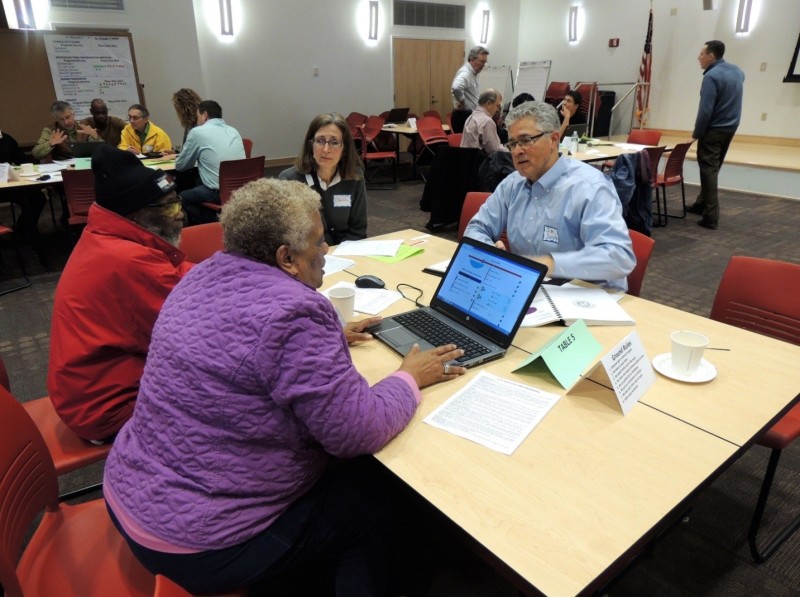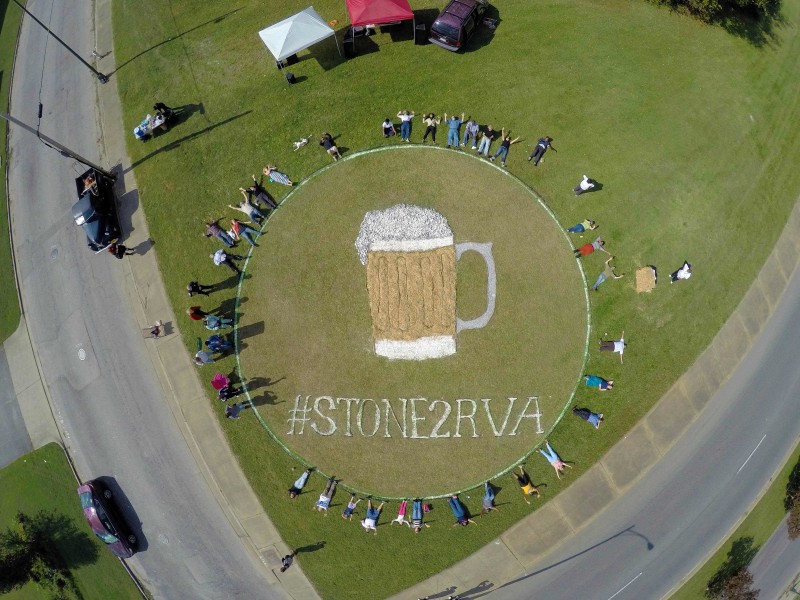
Our blog addressed Engaging Youth with Deliberative Problem-Solving where students from Colorado State University reached high school students to build their interest and skills in deliberation and democracy. In April 2015, these high school students participated in the nationwide mental health conversation which took place through a virtual interface only.
Now, I’m glad to see an examination of children’s civic engagement (ages 8-16) on the Scratch online platform.

Scratch is a creative community where children from around the world learn programming by designing and sharing interactive media projects. The researchers examined how young people related to issues of global importance, as well as with local topics and questions of community governance. They offer a typology of the strategies the young people use to express themselves, engage with their peers, and call for action.
Courtesy of the public involvement firm Bang the Table (based in Australia), some key points are: Continue Reading















